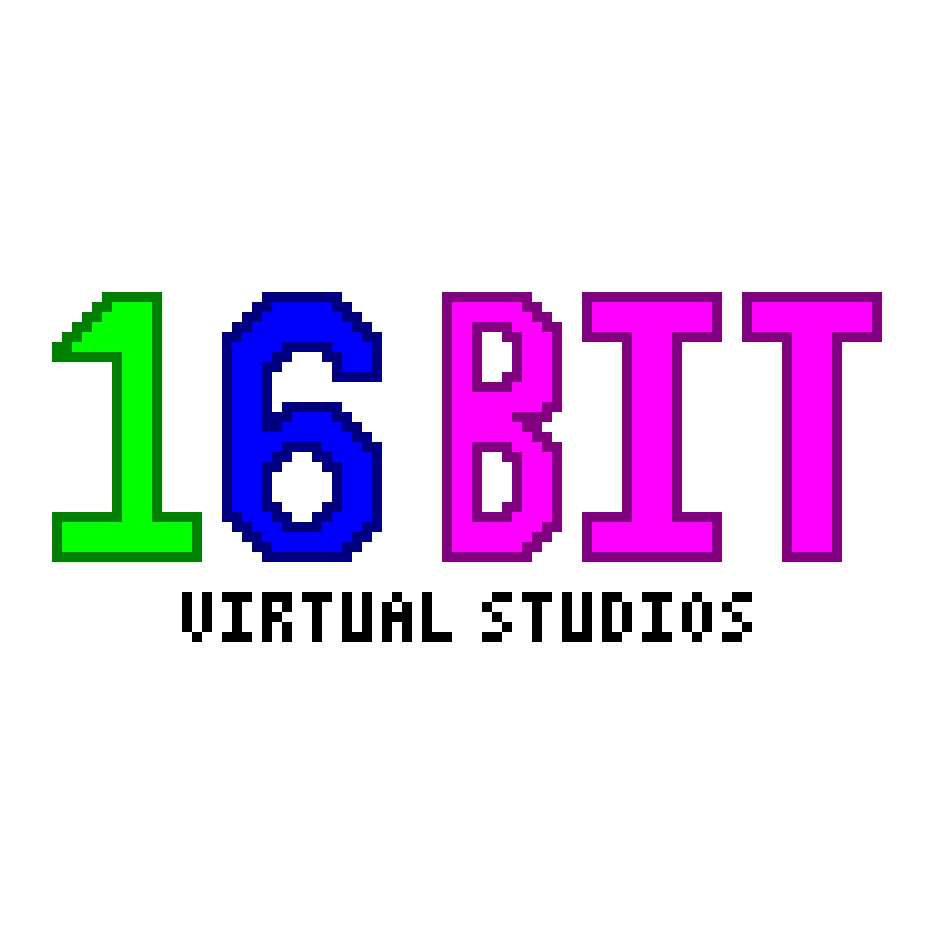During the first impressions of said distro, what feature surprised you the most?
Arch Linux. Everyone said it was hard to use, unstable, etc. but my experience with it has been the exact opposite.
Yes, the install process is needlessly complicated (although it got a lot simpler now that we have archinstall), but the OS itself is rock solid and rarely has any issues that require more than a reboot or a package reinstall to solve. The AUR is a godsend too if you don’t want or don’t know how to compile stuff from source.
Arch Linux has by far the best community, the support wiki is the most useful wiki to Linux there is, it basically covers everything. Mad props to the arch Linux community.
Manjaro, its a clean and simple way to install Arch with lots of good GUI for all the tasks a user needs to do on their system… Then it crash and bricked the install… 3 times.
Anyways I’m on Mint now.
Endeavour os was the great manjaro replacement for mw
Endeavour is Arch and Manjaro isn’t. Endeavour is not a replacement for Manjaro for that reason alone.
“I installed distro B over distro A” does not mean “distro B is a replacement for distro A”. They can be wildly different and it could be very misleading for someone looking for something that’s actually similar to distro A.
While I agree with you, what is attractive about Manjaro that you want that EOS does not offer?
I also tend to see EndoeavourOS as a great Manjaro replacement because what I want is a high-quality, opinionated, and easy to install no-nonsense distro that offers a massive repository of very up-to-date software in its repos.
I used to think Manjaro looked better but I installed it recently and I did not like it as much as the default EOS look. Perhaps I am just conditioned.
The only thing that stands out for me that people might prefer about Manjaro is the graphical package management. Of course, it is a one-time, one line command to install the very same package manager in EOS that Manjaro uses. Does that disqualify EOS as a Manjaro replacement?
First of all would be the fact that Endeavour is basically just an installer. It should have been an alternative offered by Arch alongside archinstall. I know it also offers some desktop setup but IMO that’s too little to qualify as a distro. You can replicate looks and themes fairly easily. Might as well install Arch.
…but I don’t want Arch because I’m at a point where I want my desktop distro to be boring and predictable, so it enables me to focus on other things. Arch needs more maintenance than I’m willing to put in. But I also want a rolling distro and having recent-enough packages.
Manjaro is a unique combination of rolling and stability. It’s that combo that’s the main factor but I’d be lying if I didn’t say I enjoy not having to ever think about the graphics drivers, or about the kernel, and it’s nice to have a graphical package manager.
As a sidenote, Garuda goes the extra mile and adds similar quality-of-life tools, while staying true to Arch repos. I think Garuda should get the publicity as an actual alternative in-between Arch and Manjaro, rather than Endeavour.
Ok I understand the technical reality you poin to, I just refer to the user experience. For a normal user, you probably won’t notice that technically manjaro is not arch and EOS is. IMHO Manjaro breaks a lot and EOS just works and needs less manteinance.
How long have you been using each of them? In my years-long experience it’s been the exact opposite. Manjaro goes out of its way to not break anything and offers safety measures out of the box to recover if something should break. Arch doesn’t care, it introduces breaking changes all the time and expects its users to be able to cope with them.
They target very different types of users and have very different goals. Manjaro explicitly tries to be stable and user-friendly whereas Arch exclusively caters to advanced users and aims to be customizable above all.
You can achieve the same with Arch that you get out of the box with Manjaro but it’s not there by default – because that’s not something a lot of Arch users are seeking.
For a normal user, you probably won’t notice that technically manjaro is not arch and EOS is.
What’s a “normal” user? On Linux you get all sorts. But you will most definitely notice a difference between daily driving Manjaro vs driving Arch.
Sorry for my ignorance, Linux noob here, but what do you both mean by Manjaro isn’t Arch?
The old Pardus, YALI was, and still is, the most awesome installer i’ve ever meet. Also Kaptan was amazing



Void.
It all started by curiosity: “let’s try this no-where distros for the lulz”
Then it ended up to be the distro I am using everywhere.
It’s stable and quite on the “bleeding edge” in term of software versions…
And damn it’s fast son!
I installed Void Linux on my Raspberry Pi without looking at the details, and I was surprised that it had no systemd! It was the first non-systemd distro that I had encountered and also pretty fast.
Void is by far the fastest booting distro I’ve ever used. I like how it allows you to load the boot USB into RAM and I wish every distro did that.
Arch Linux, they have the aur and it has every softwares I ever wanted for my computing needs that isn’t easily obtainable on other distros, on Arch Linux I don’t have to rely on flatpaks, Ubuntu store or appimages
Arch Wiki
The entire Ublue project is freaking amazing. But Bazzite finished off my distrohopping. I work by day and game by night. Bazzite has eliminated all maintenance tasks for me. It just works. It makes things so damn easy. Also, the Ublue CI/CD builds is crazy cool. It allows them to focus on the important stuff, while all the chores are done automatically. Truly amazing stuff. I also heard lots of praise about the dev oriented spin: Bluefin.
I started on Bazzite as my first real Linux desktop. After a while I rebased to Aurora (Bluefin but KDE instead of Gnome) and I really liked it. I ended up rebasing back to Bazzite for a while.
My only issue is around a very specific piece of software that has issues with Wayland. That’s why all the rebasing.
Being able to rebase so easily like that is so freaking cool.
Which software ?
Any software KVM like Synergy.
I work from home and Synergy has been a core part of my setup for many years.
It lets me use my personal PC and work laptop from one KB+M seamlessly.
I’ve tried so many different things. Input Leap, installed on Aurora by default, is supposed to work with Wayland, but doesn’t work out of the box.
I’m resigned to using Windows during the week so I can use Synergy and switching back to Linux over the weekend because I prefer it now.
Steam OS 3 from Steam Deck. It’s based on Archlinux, but system is write protected by default. And the Gaming mode is surprisingly good. And that the Desktop mode is just Arch+KDE.
Guix System. The way that this distro keeps track of changes of the distro itself. The concept of having a store where everything you build is stored there with write protection. The fact that you can configure not only the system but every home environment to every detail but without having to deal with various configuration files that you keep track of it.
The fact that all builds are bit by bit reproducible. The extensibility you have in your system.
It’s the first distro I feel that nothing in your own OS instance is tied to any distro decisions.
The fact that you can have multiple versions of the same library without breaking the system.
It has a lot of things that I never thought it could be possible with a distro without going crazy about creating a very messy configuration.
I was surprised, in a bad way, at how difficult it is to get any VNC running. I tried Ubuntu, Kubuntu, and base Debian, but couldn’t get any VNC working. The closest I got was with Debian, but it gave me a different desktop than what was coming out the video port to my monitor. I’d be interested in hearing if anyone has had better luck with anything.
Use Remmina on the client and then install anything that opens and listens to VNC ports. For example TightVNC or RealVNC.
Just even a small sys admin tip for Android phones
- For VNC - AVNC
- For SSH - ConnectBot










